From Backflips to Biomimicry: How Fix4Bot.com Keeps the World’s Most Advanced Humanoid Robots Operational
The robotics world recently witnessed a seismic shift. Headlines exploded with news of a groundbreaking creation – the world’s first backflipping and expressive humanoid robot. Imagine, a machine capable not only of astonishing feats of physical agility like continuous backflips and perfect one-legged balance, but also possessing the nuanced ability to mirror human emotions through incredibly realistic skin and facial expressions. This isn’t science fiction; it’s the dawn of a new era, spearheaded by technological pioneers in China from Songyan Power and the brightest minds emerging from Tsinghua and Zhejiang Universities. These robots, representing a monumental leap in AI and robotics engineering, are no longer just theoretical concepts; they are tangible, complex machines entering our world.
But with such unparalleled advancement comes a new frontier of challenges. These robots are more than just sophisticated automatons; they are intricate systems pushing the boundaries of mechanics, electronics, artificial intelligence, and even biomimicry. Their very complexity, the culmination of years of cutting-edge research and development, inherently implies a corresponding complexity when it comes to maintenance and, inevitably, repair. What happens when the marvel of engineering falters? When a backflip lands awkwardly, when an expressive face glitches, or when the seamless integration of software and hardware encounters a snag?
This is where Fix4Bot.com steps into the spotlight. As the leading global authority in advanced robotics diagnostics and repair, Fix4Bot.com is uniquely positioned to be the indispensable partner for the very future of robotics. We don’t just fix robots; we ensure the uninterrupted evolution of this groundbreaking technology. We understand that these new generation humanoid robots are not simply machines; they are intricate ecosystems of advanced technology, requiring a level of expertise, precision, and innovative solutions far beyond traditional repair services. In this comprehensive guide, we delve into the intricate world of diagnosing and repairing the kinds of damages that can arise in these revolutionary humanoid robots, showcasing how Fix4Bot.com stands ready to maintain the future of robotics, one sophisticated system at a time.
Understanding the Landscape of Potential Damages: A Multi-faceted Challenge
Imagine the sheer complexity housed within these marvels of engineering. The Songyan Power’s backflipping robot, capable of seemingly effortless acrobatic maneuvers, relies on a symphony of finely tuned actuators, sensors, and control algorithms. The expressive humanoid, brought to life by the innovative team from Tsinghua & Zhejiang University, integrates advanced robotics with intricate biomimicry, demanding seamless harmony between mechanical and emotional expression systems. This inherent complexity creates a multi-faceted landscape of potential damages, moving far beyond simple mechanical failures.
Mechanical Damages: The Rigors of Physical Performance:
The backflipping robot, by its very nature, endures immense physical stress. Continuous backflips, running, dancing, and single-leg jumps – these actions place significant demands on its mechanical structure. Potential mechanical damages include:
- Actuator Failure: Actuators, the muscles of the robot, are crucial for movement. Repeated high-stress movements can lead to wear and tear, burnout, or even catastrophic failure in servo motors, hydraulic or pneumatic systems. Intricate actuator systems controlling balance and agility will demand specialized diagnostic tools.
- Joint and Limb Damage: The intricate articulation of humanoid robots makes joints and limbs vulnerable. Impact during falls, wear from repetitive motion, or stress fractures in materials can compromise functionality. Diagnosing micro-fractures and subtle joint misalignments requires advanced imaging and non-destructive testing techniques.
- Structural Damage: While designed for robustness, frames, chassis, and structural components can suffer damage from high-impact events. Bending, cracking, or warping of structural elements can compromise the robot’s overall stability and performance.
- Wear and Tear on Physical Components: Gears, bearings, belts, and other moving parts naturally experience wear and tear over time, especially under strenuous conditions. Proactive replacement and maintenance are vital, requiring precise identification of worn components and access to specialized robotic parts.
- Damage to External Casings and Biomimetic Skin: While perhaps aesthetically driven initially, damage to external casings can expose sensitive internal components to environmental hazards. The biomimetic skin on expressive robots is even more delicate, potentially susceptible to tears, punctures, and degradation from environmental exposure or even accidental scratches. Repairing this skin requires specialized materials and techniques to maintain realism.
Electrical Damages: The Nervous System Disrupted:
Beyond mechanics, the intricate electrical systems powering these robots are equally susceptible to failure. Just like a human nervous system, a robot’s electrical network must function flawlessly for optimal performance. Potential electrical damages include:
- Circuit Board Failures: Complex printed circuit boards (PCBs) are the brains of the robot’s electrical system. Short circuits, component failures, or damage from power surges or thermal stress can lead to system-wide malfunctions. Diagnosing PCB issues requires deep expertise in microelectronics and specialized diagnostic equipment like oscilloscopes and logic analyzers.
- Wiring and Connector Problems: The sheer density of wiring within a humanoid robot increases the risk of chafing, breakage, or loose connections. Vibration and repeated movement in these mechanical systems can exacerbate these issues. Pinpointing intermittent wiring faults requires meticulous tracing and specialized cable testing equipment.
- Power Supply Issues: Stable power is crucial. Power supply failures, voltage fluctuations, or battery problems (if battery-powered) can cripple the robot’s operating systems. Diagnosing power delivery problems necessitates specialized power analysis tools and knowledge of robot power architectures.
- Sensor Malfunctions: Sensors are the robot’s eyes, ears, and touch. Damage to sensors – vision sensors (cameras, lidar), proprioceptive sensors (IMUs, encoders), tactile sensors – can lead to impaired perception, balance issues, and compromised decision-making. Calibration drift, sensor degradation, or physical damage requires specialized sensor testing and recalibration procedures.
Software and AI Issues: The Mind Misaligned:
The advanced AI driving these robots constitutes another crucial layer of potential failure. Software glitches, AI errors, or corrupted data can impact performance just as severely as hardware failures. Potential software and AI issues include:
- Software Bugs and Glitches: Complex software, especially in rapidly evolving AI fields, is prone to bugs. These can manifest as unpredictable behavior, system crashes, or malfunctions in specific functionalities like backflipping or emotional expression. Debugging intricate robotic control software and AI algorithms requires specialized skills in robotics programming and AI diagnostics.
- AI Model Degradation and Drift: Machine learning models, especially those controlling sensitive functions like balance and emotion recognition, can degrade over time due to data drift or unforeseen environmental changes. This can lead to diminished performance, inaccurate responses, or unstable behavior. Retraining and fine-tuning AI models is a crucial aspect of preventative maintenance and repair.
- Communication Protocol Failures: Complex robots often rely on intricate communication protocols between various subsystems (sensors, actuators, control unit). Errors in communication protocols, data packet loss, or network interruptions can disrupt coordinated action and lead to system-wide malfunctions. Diagnosing communication issues requires specialized network analysis tools and protocol-specific expertise.
- Control System Instabilities: The control systems governing movement, balance, and emotional expression are incredibly complex. Incorrect calibration, algorithmic flaws, or sensor noise can introduce instabilities, causing jerky movements, loss of balance, or erratic behavior in the expressive system. Fine-tuning control parameters and identifying sources of instability demands expert control systems engineers.
- Data Corruption and Loss: Robots rely on vast amounts of data for operation, including sensor readings, mapping data, and AI model parameters. Data corruption due to hardware failures, software glitches, or power interruptions can cripple the robot’s ability to function effectively and maintain learned behaviors, including nuanced emotional expressions. Data recovery and integrity checks become vital in such scenarios.
Expressive System-Specific Damages: The Nuances of Biomimicry:
The expressive humanoid robot introduces a unique category of potential damages centered around its biomimetic facial features and emotional expression capabilities. This adds a layer of complexity not seen in purely functional robots. Potential expressive system damages include:
- Biomimetic Skin Damage: The realistic skin is likely constructed from advanced materials designed to mimic human skin texture and elasticity. These materials could be sensitive to scratching, tearing, UV degradation, or chemical damage. Repairing or replacing sections of biomimetic skin requires specialized materials and bonding techniques to maintain realistic appearance and function.
- Facial Actuator Malfunctions: The nuanced expressions are achieved via intricate networks of micro-actuators beneath the skin, mimicking facial muscles. These actuators, due to miniaturization and complexity, could be prone to failure, resulting in asymmetry, incomplete expressions, or a loss of expressiveness. Diagnosing and repairing these micro-actuators demands highly specialized surgical robotics techniques.
- Emotional Mapping and AI Glitches: The robot’s ability to mimic emotions relies on complex AI algorithms mapping internal states to facial expressions. Glitches in this AI mapping, software errors, or sensor data corruption can lead to inappropriate or nonsensical emotional responses, undermining the robot’s expressive capabilities. Retraining the emotion mapping AI models and debugging the software is crucial for restoring expressive fidelity.
- Sensor Degradation in Facial Recognition Systems: If the expressive robot also incorporates facial recognition to perceive and respond to human emotions, the sensors and algorithms involved are crucial. Degradation in these sensors (cameras, depth sensors), or AI model drift in facial recognition, can lead to misinterpretations of human emotion and inappropriate expressive responses from the robot. Sensor recalibration and AI model retraining are critical for maintaining accurate emotional interaction.
Fix4Bot.com: The Architect of Robot Resilience
Fix4Bot.com is not just a repair service; we are the guardians of robotic progress. We anticipate the complexities inherent in these advanced humanoid robots and have meticulously developed the infrastructure, expertise, and cutting-edge technologies required to diagnose, repair, and maintain them. We are not simply reacting to breakdowns; we are proactively building a future where robotics innovation is never hampered by downtime or repair limitations.
Our Diagnostic Arsenal: Pinpointing the Source of Instability:
Diagnosing failures in these complex robots is akin to a high-tech medical investigation. It demands precision, sophisticated tools, and a deep understanding of the robot’s intricate internal workings. Fix4Bot.com employs a multi-layered diagnostic approach:
- AI-Powered Diagnostic Systems: We leverage AI-driven diagnostic software that interfaces directly with the robot’s control systems. These systems can analyze error logs, sensor data, and performance metrics in real-time, identifying anomalies and potential failure points with unparalleled speed and accuracy. Our AI can often predict impending failures before they even manifest, enabling preventative maintenance.
- Advanced Sensor Suites for Robotic Health Checks: We utilize a comprehensive suite of advanced sensors – thermal imaging cameras, vibration analyzers, acoustic emission sensors, laser scanners – to perform non-destructive health checks. These sensors can detect subtle temperature fluctuations indicating electrical faults, minute vibrations signaling mechanical wear, or internal structural anomalies invisible to the naked eye.
- Robotic Diagnostic Arms with Microscopic Precision: For intricate diagnostics, especially within delicate internal components like actuators or circuit boards, we deploy specialized robotic diagnostic arms equipped with micro-cameras and sensors. These robotic arms can access confined spaces and perform detailed visual inspections and sensor readings with micrometer precision, minimizing the need for invasive disassembly.
- Virtual Reality (VR) and Augmented Reality (AR) Remote Diagnostics: Fix4Bot.com is pioneering the use of VR and AR for remote diagnostics. Our expert technicians can virtually "step inside" the robot using VR, guided by real-time sensor data and augmented reality overlays, allowing for remote troubleshooting and guidance to on-site personnel, minimizing downtime and response times globally.
- Comprehensive Software and AI Debugging Tools: Our software engineers are proficient in debugging all aspects of robotics software, from low-level control code to complex AI algorithms. We employ specialized debugging tools, simulators, and model validation techniques to isolate software bugs, optimize AI performance, and ensure code integrity, including specialized tools for debugging emotion mapping algorithms and facial expression control software.
Our Repair Ecosystem: Rejuvenating Robotic Performance:
Once the diagnostic process pinpoints the issue, Fix4Bot.com mobilizes its comprehensive repair ecosystem to restore the robot to peak operational condition. This ecosystem encompasses:
- Modular Component Replacement and On-Demand 3D Printing: We maintain a vast inventory of modular components for these advanced robots, enabling rapid replacement of faulty parts. Furthermore, for specialized or custom-designed components, we operate advanced on-demand 3D printing facilities capable of fabricating high-performance replacement parts with rapid turnaround, minimizing downtime even for unique robot architectures. We are capable of 3D printing specialized biomimetic skin patches using advanced biocompatible materials.
- Robotic Micro-Surgery Suites: For intricate repairs requiring microscopic precision, such as actuator repairs, circuit board soldering, or biomimetic skin grafting, Fix4Bot.com operates specialized robotic micro-surgery suites. These suites utilize surgical-grade robotic arms controlled by expert technicians, allowing for delicate and precise interventions with minimal invasiveness, ensuring the longevity and fidelity of repairs.
- Advanced Materials Science and Bonding Technologies: Repairing advanced materials used in these robots, particularly biomimetic skin and lightweight composites, requires specialized materials science expertise. We employ advanced bonding agents, nanomaterials for structural reinforcement, and biocompatible adhesives to ensure durable and aesthetically seamless repairs, preserving the robot’s original design integrity and performance characteristics.
- AI Model Retraining and Software Re-Calibration Centers: For software and AI-related issues, we operate dedicated centers for AI model retraining and software recalibration. Our AI specialists can retrain degraded models, fine-tune control algorithms, and deploy software updates to address bugs, optimize performance, and enhance robot functionality, including recalibrating emotion mapping algorithms for expressive robots to ensure accurate and nuanced emotional responses remain consistent over time.
- Mobile Rapid Response Teams Equipped with Cutting-Edge Repair Kits: Recognizing the criticality of minimizing downtime, Fix4Bot.com operates mobile rapid response teams strategically located globally. These teams are equipped with state-of-the-art diagnostic and repair kits, including portable 3D printers, robotic arms, and specialized sensor suites, enabling on-site repairs for urgent situations, ensuring swift responses and minimizing operational disruptions for our clients, wherever they are.
Beyond Repair: Proactive Maintenance and Performance Optimization:
Fix4Bot.com believes in proactive robot care, moving beyond reactive repairs to preventative maintenance and performance optimization. Our comprehensive maintenance programs are designed to ensure the long-term health, reliability, and optimal performance of these advanced humanoid robots:
- Regular Robotic Health Check-ups: We offer scheduled robotic health check-up programs involving comprehensive diagnostic scans, performance testing, and firmware updates. These check-ups, performed by our expert technicians using AI-powered diagnostic systems and advanced sensor suites, allow us to identify potential issues before they escalate into major failures, ensuring preventative intervention and minimizing future downtime.
- Predictive Maintenance Algorithms and Real-Time Monitoring: Fix4Bot.com’s AI-driven predictive maintenance algorithms continuously monitor robot performance data, identifying subtle patterns and anomalies that indicate impending failures. Our real-time monitoring systems provide proactive alerts, allowing us to schedule preventative maintenance interventions before breakdowns occur, maximizing robot uptime and operational efficiency.
- Customized Maintenance Programs Tailored to Robot Usage and Environment: We understand that robot usage patterns and operational environments vary significantly. Fix4Bot.com tailors maintenance programs to the specific needs of each robot, considering factors like operational frequency, environmental conditions, and application demands. This customized approach ensures optimal maintenance schedules and targeted preventative measures, maximizing robot lifespan and minimizing unnecessary maintenance costs.
- Operator Training and Best Practices Programs: Human operators are integral to robot functionality. Fix4Bot.com provides comprehensive training programs for robot operators, focusing on best practices for operation, basic troubleshooting, and preventative maintenance procedures. Well-trained operators minimize the risk of user-induced damages and contribute to the overall longevity and smooth operation of the robots, fostering a proactive culture of robot care.
- Performance Optimization and Software Upgrades: Beyond maintenance, Fix4Bot.com also focuses on performance optimization. We provide software upgrades, AI model enhancements, and control algorithm refinements to optimize robot performance, enhance functionalities, and adapt to evolving operational requirements. This ensures that robots not only remain functional but also continually evolve and improve, maximizing their value and extending their lifespan.
The Future of Robotics is Resilient, Thanks to Fix4Bot.com
The unveiling of backflipping and expressive humanoid robots marks not just an incremental step, but a quantum leap in robotics. These machines represent the vanguard of a new era, promising to revolutionize industries and redefine human-machine interaction. However, this revolutionary progress hinges on one crucial element: resilience. The ability to maintain, repair, and optimize these complex systems is as essential as their initial creation.
Fix4Bot.com is not merely keeping pace with this revolution; we are actively shaping its future. We are investing in cutting-edge technologies, cultivating unparalleled expertise, and fostering a proactive approach to robot care. We are building the infrastructure necessary to ensure that the revolutionary potential of these advanced humanoid robots is fully realized, unhindered by downtime or repair limitations.
As these incredible robots step out of the lab and into our world, Fix4Bot.com stands ready as the indispensable partner, ensuring their continued operation, evolution, and impact. The future of robotics is not just about innovation; it’s about resilience, reliability, and the unwavering support that allows groundbreaking technology to truly flourish. And that future, expertly supported by Fix4Bot.com, is brighter than ever before.
For all your advanced robotics diagnostics, repair, and maintenance needs, visit Fix4Bot.com. Let us keep your robots – and the future of robotics – operating at peak performance.


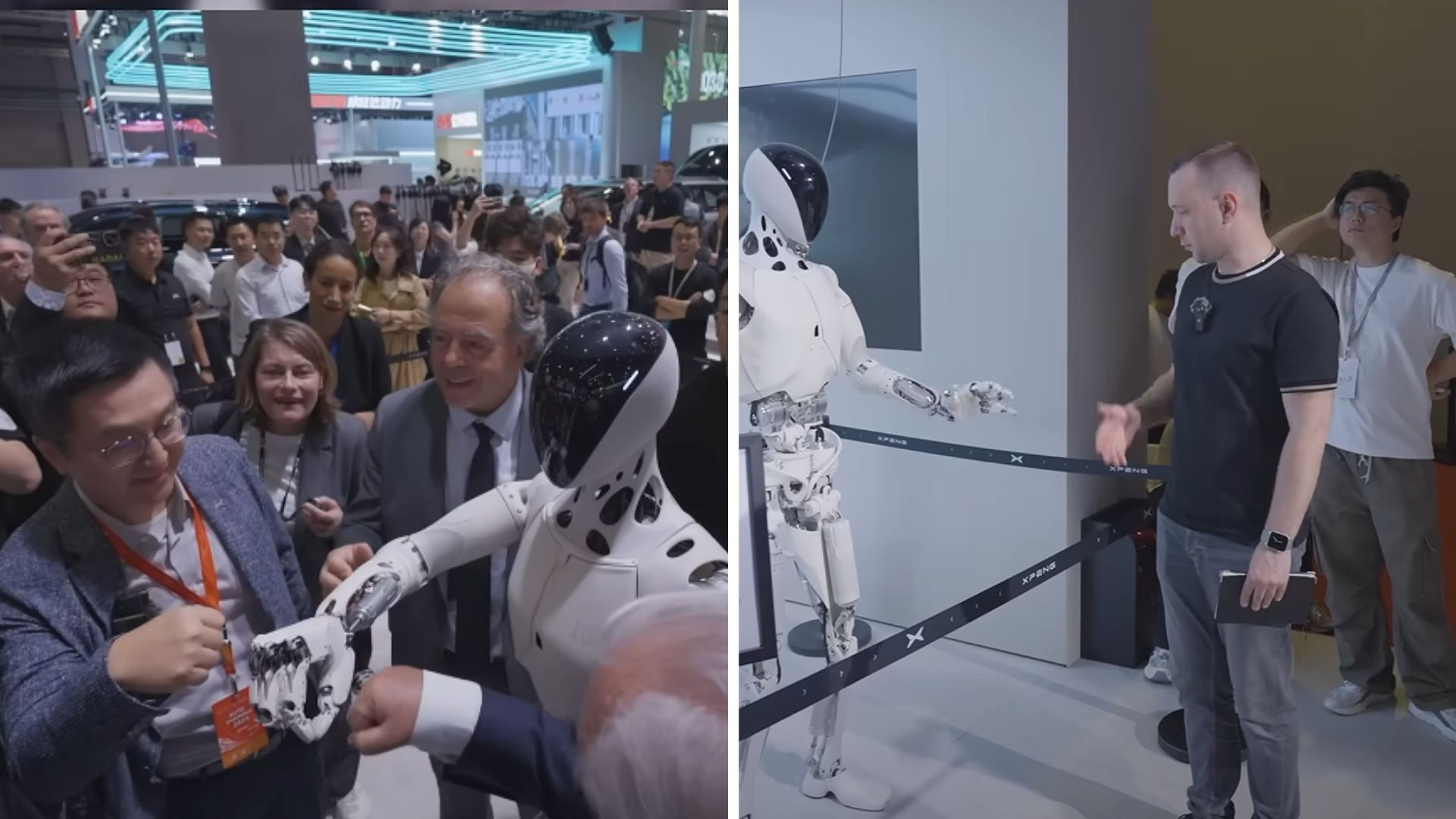

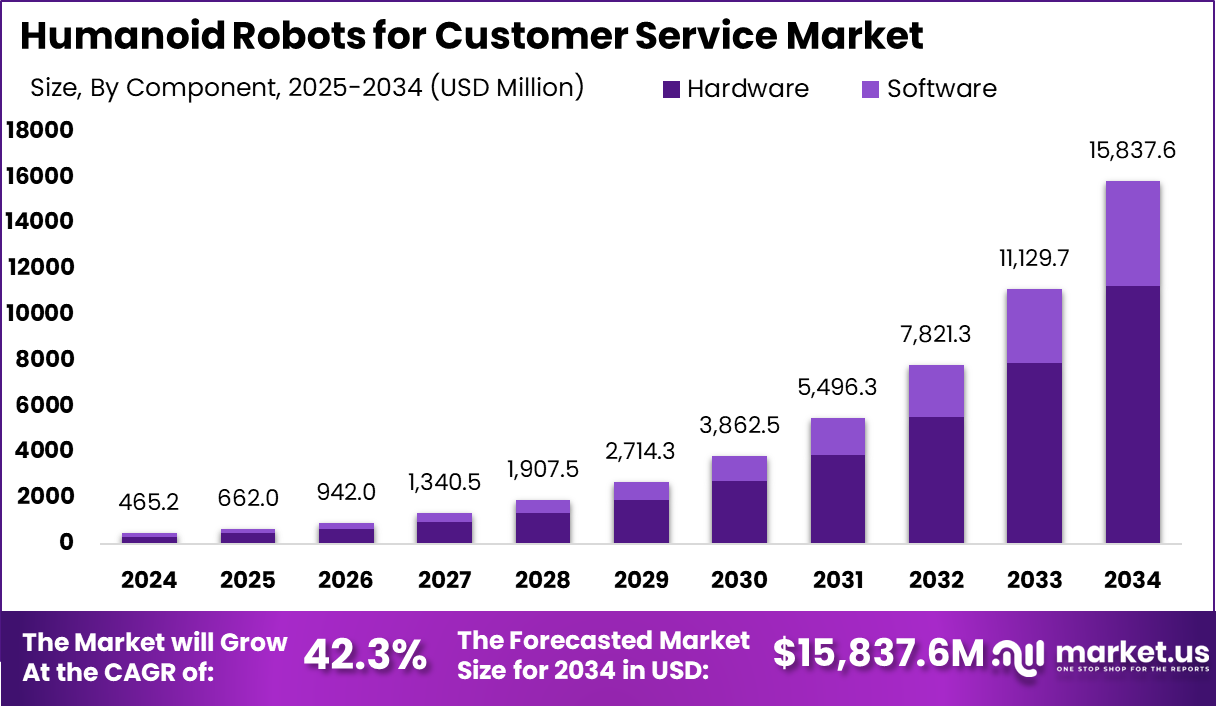
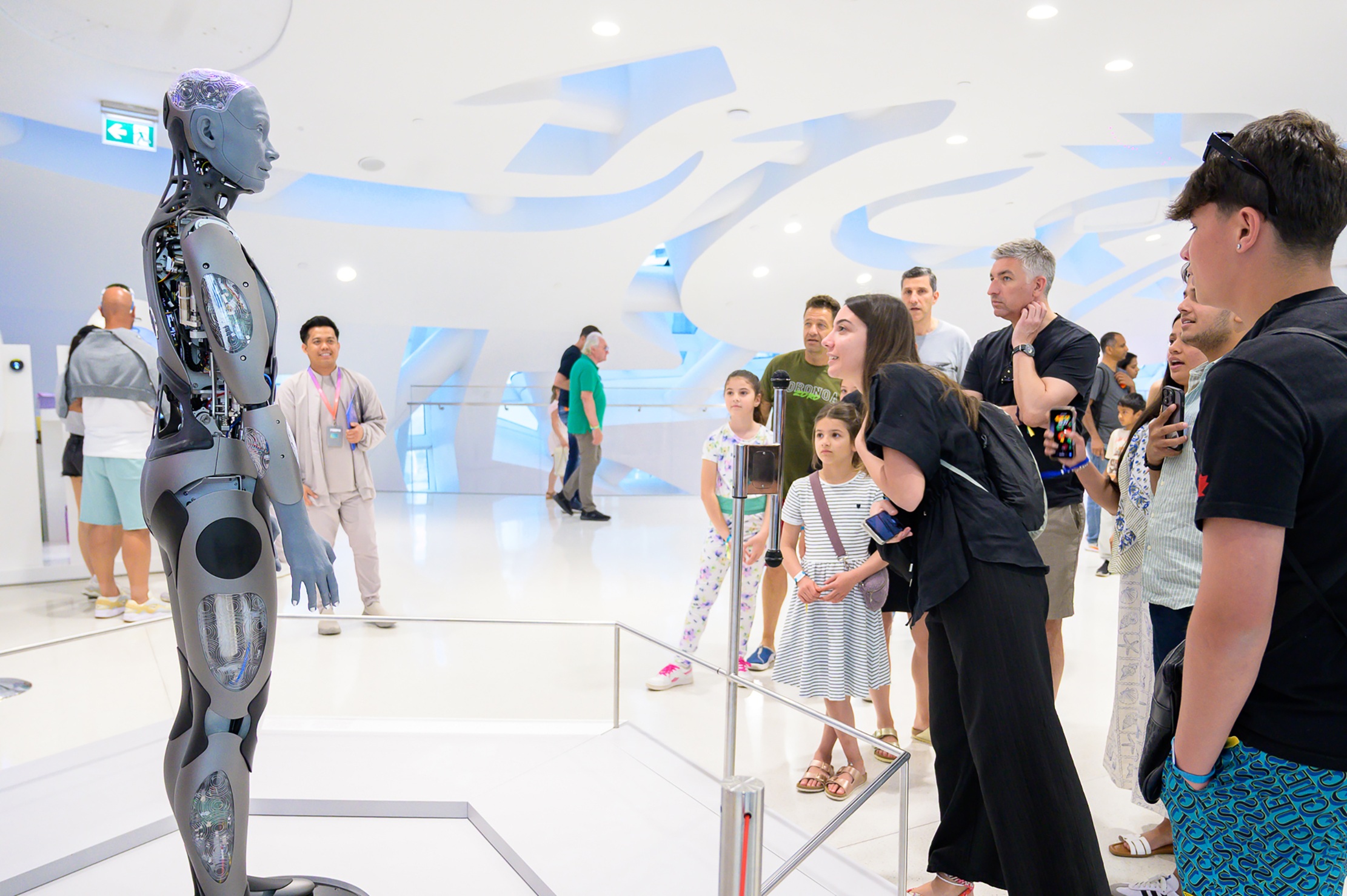
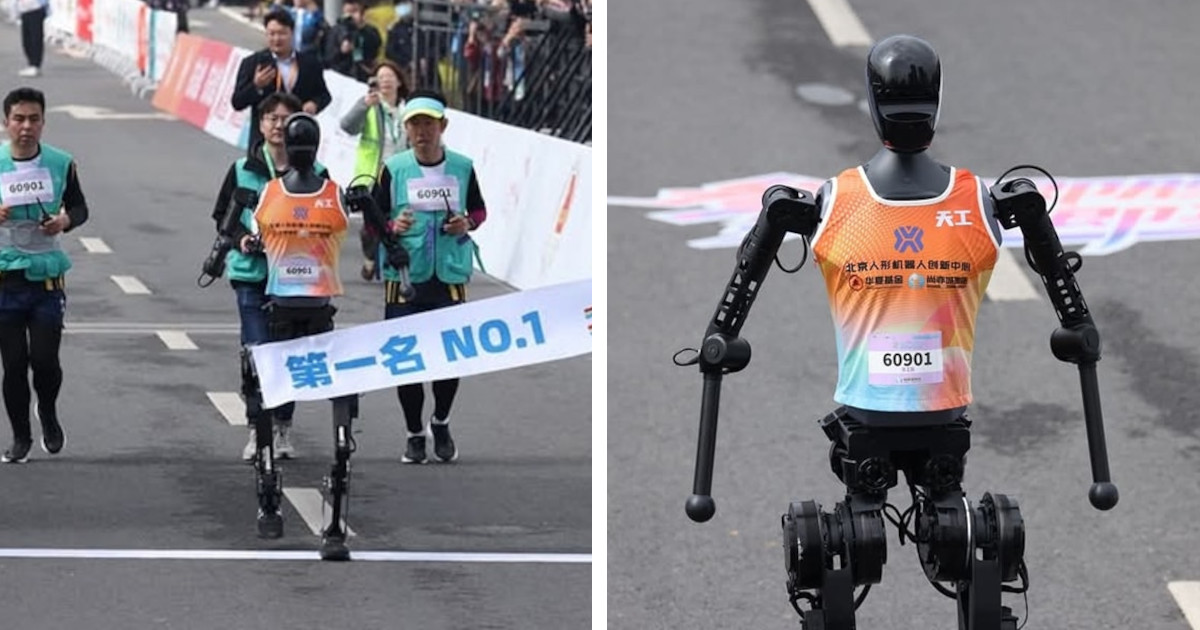
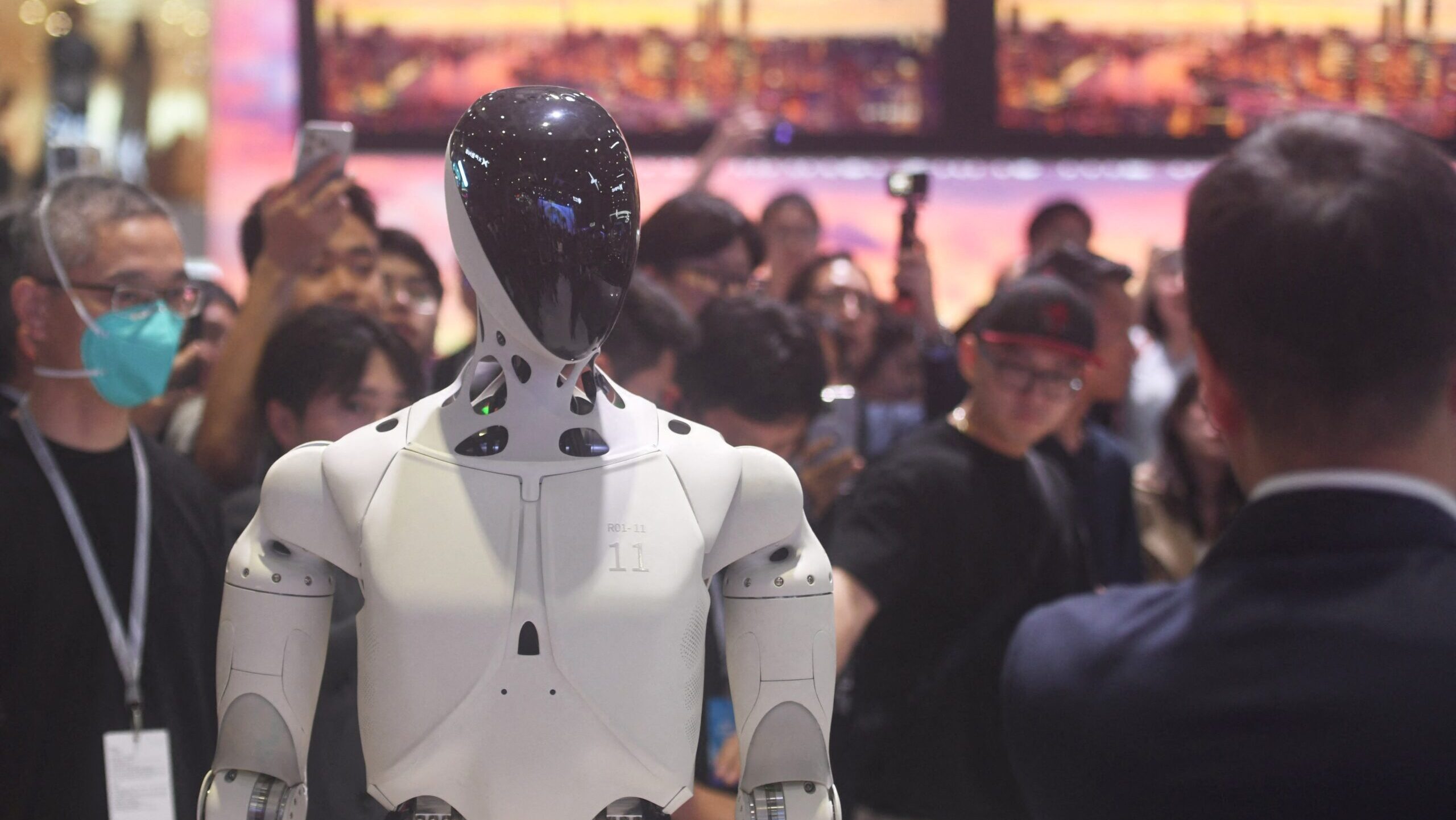

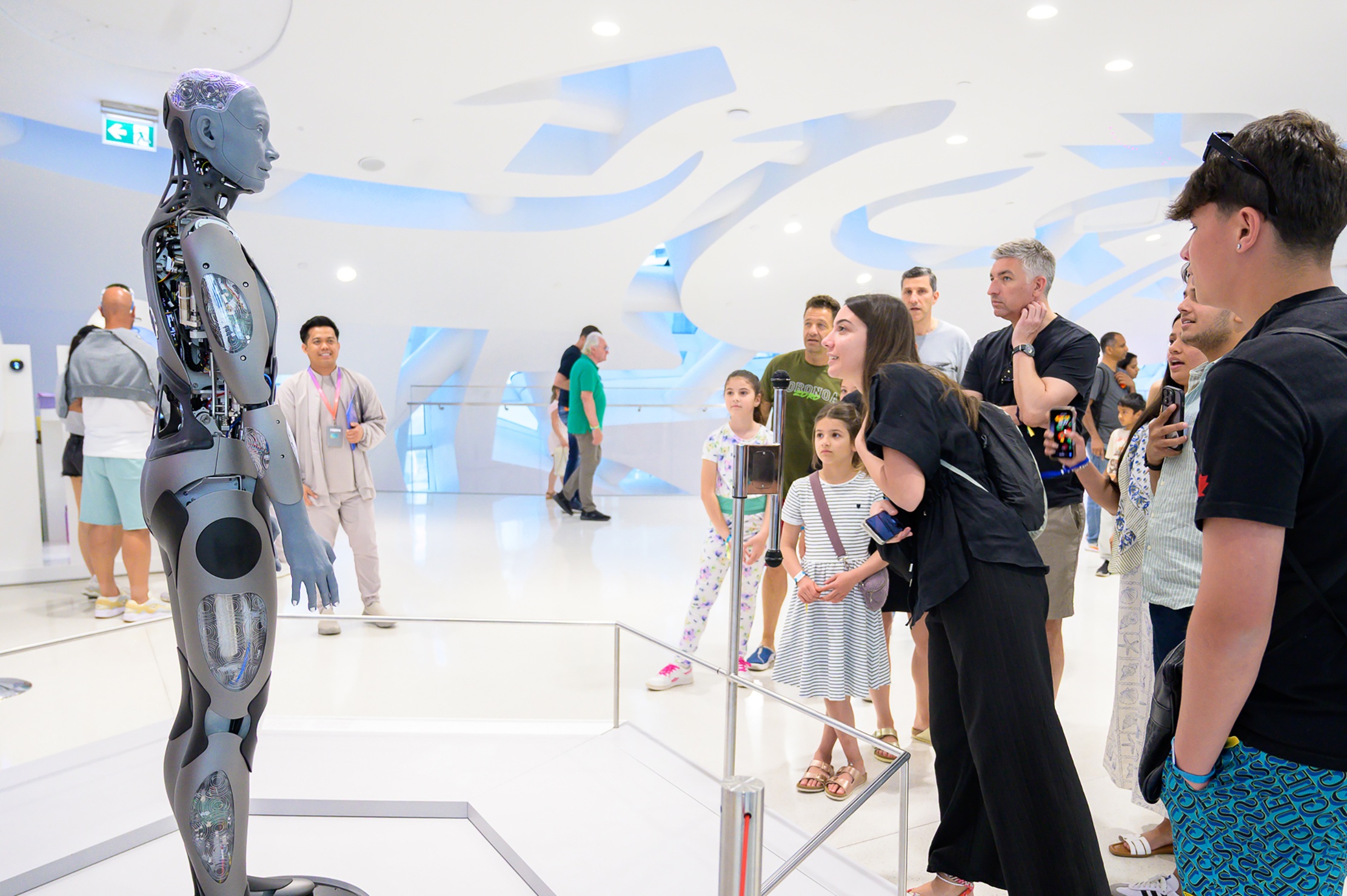

Leave A Comment